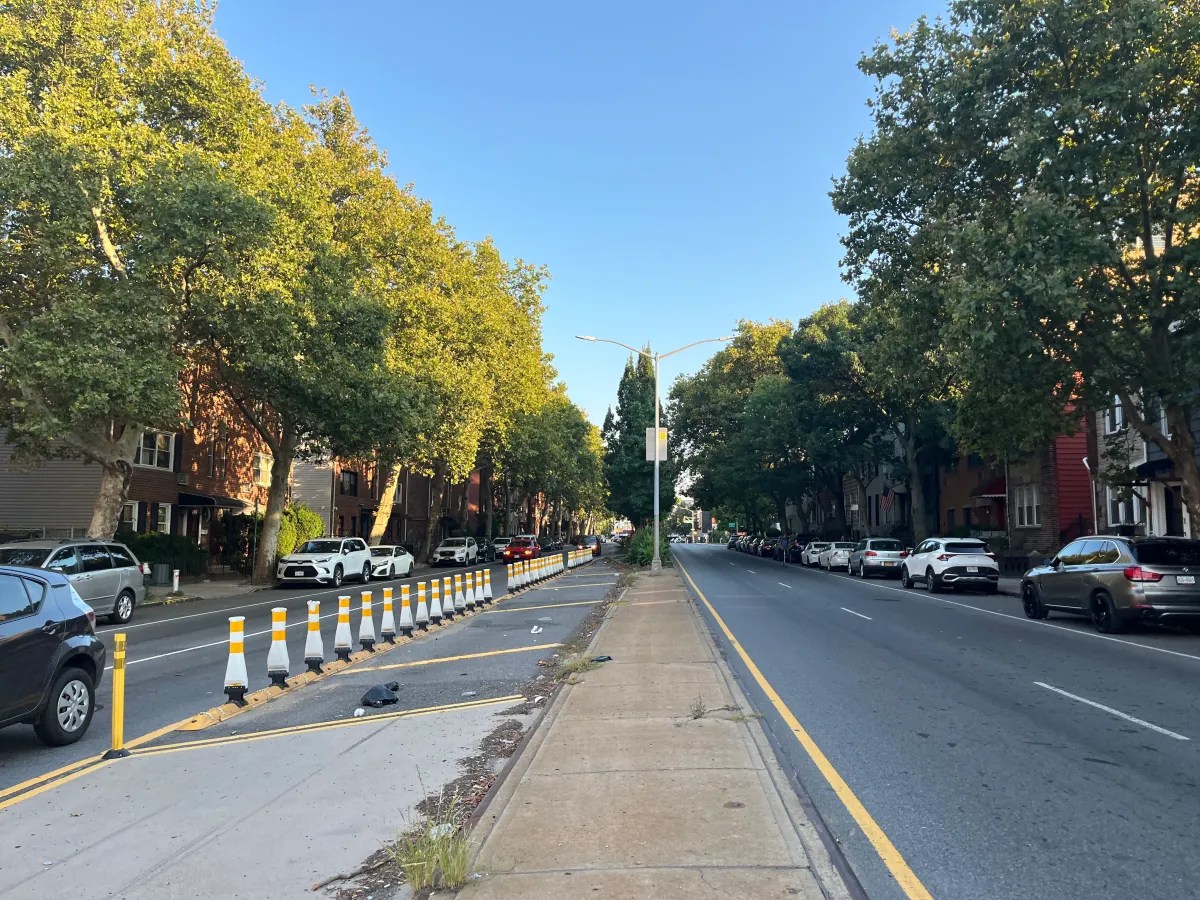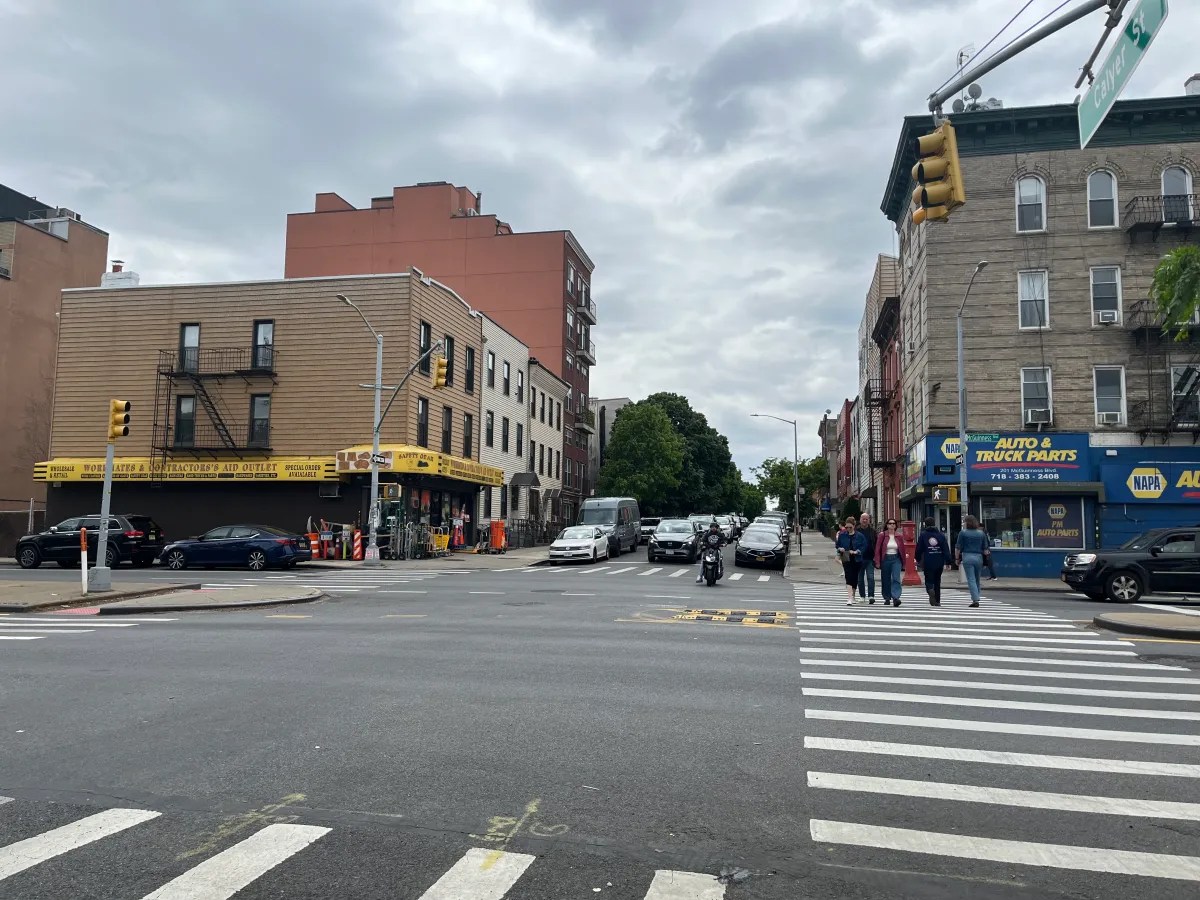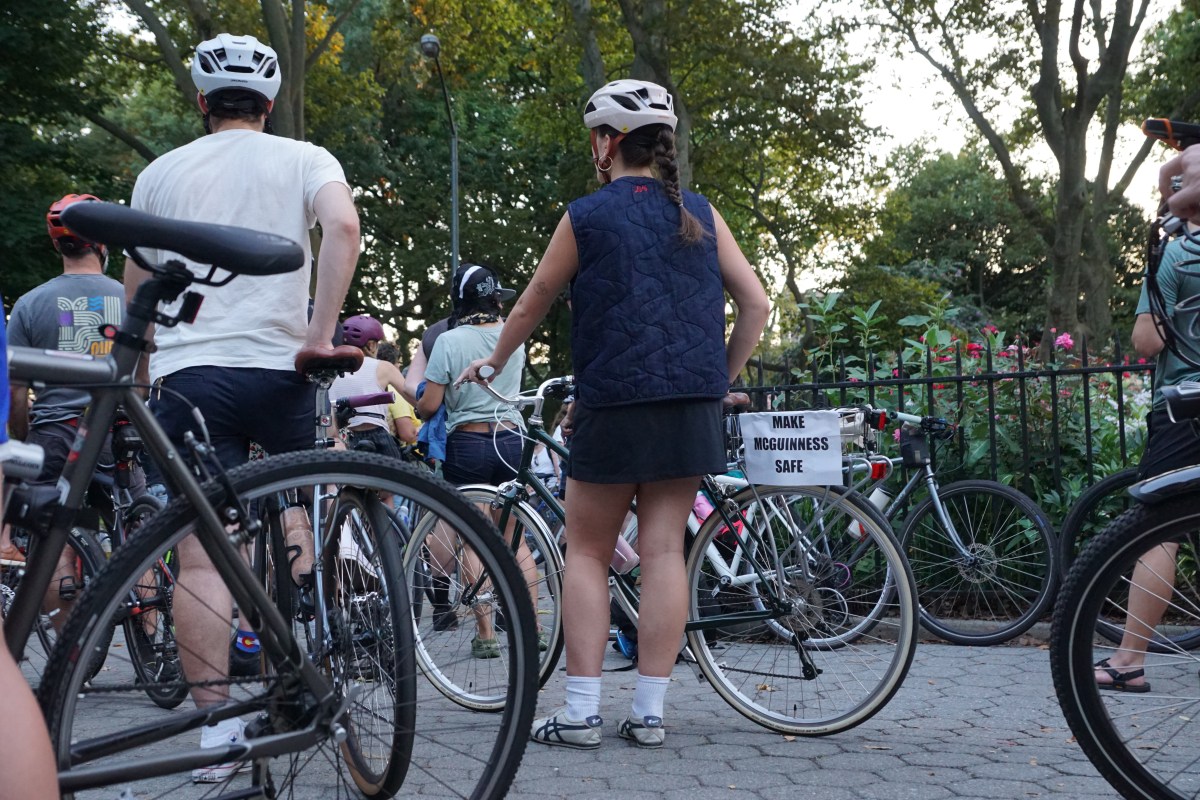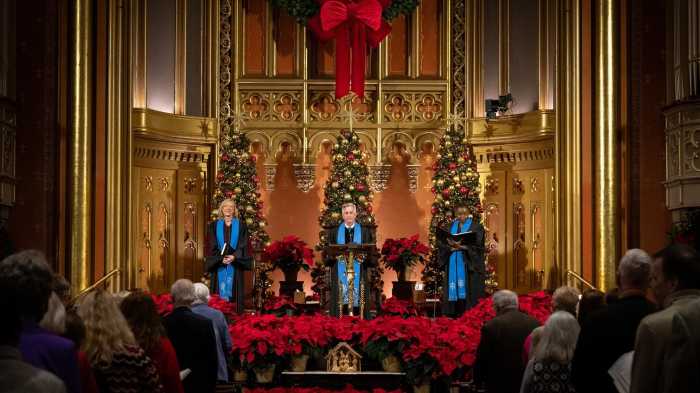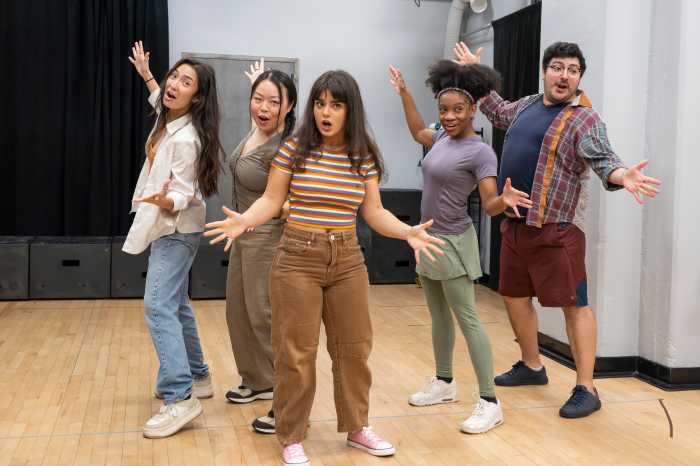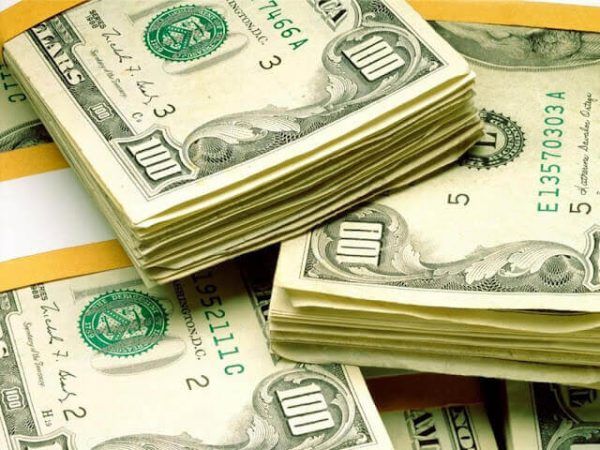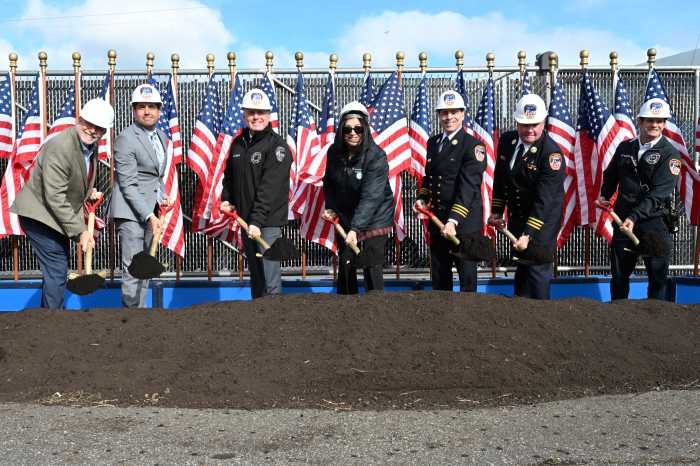Construction to transform a stretch of Manhattan’s 5th Avenue into a pedestrian-focused boulevard will officially begin in early 2028, Mayor Eric Adams is set to announce Wednesday.
To fully fund the $400 million redesign, which will span from Bryant Park to Central Park, Adams has allocated an additional $250 million in his proposed fiscal year 2026 budget. That’s on top of a previously committed $152.7 million in 2024 to reimagine the iconic 200-year-old corridor.
The stretch, which includes landmarks such as Rockefeller Center and St. Patrick’s Cathedral, will be revamped into a world-class public space with widened sidewalks, more greenery and fewer vehicle lanes.
“Fifth Avenue is a bustling boulevard of shopping, restaurants, businesses, and tourism, with more people walking down the street every hour than fill Madison Square Garden during a sold-out Knicks game,” said Mayor Adams in a statement to amNewYork. “Thanks to hundreds of millions of new dollars we are infusing into Fifth, we are finally making what has been called ‘America’s Street of Dreams’ a pedestrian paradise by making it more walkable, greener, and safer.”
Currently, 5th Avenue includes five traffic lanes and two 23-foot sidewalks. While pedestrians account for 70% of traffic on the avenue, only 46% of the space is currently allocated to them.
Under the plan, sidewalk widths will nearly double to 33.5 feet on each side, and pedestrian zones will be expanded to 25 feet. The redesign will also add tree-lined buffers, benches, lighting and stormwater infrastructure to improve walkability, comfort and climate resilience.
Pedestrian crossings will be shortened by more than one-third, while traffic lanes will be reduced from five to three. The project also includes the installation of more than 230 new trees and 20,000 square feet of planters.
Adams says the $400 million investment will “pay for itself within five years of completion” through increased property and sales tax revenue while supporting job growth. According to city officials, Fifth Avenue is already responsible for an estimated 313,000 direct and indirect jobs, generating $111.5 billion in annual economic output.
Since the initiative was first announced in 2022, the corridor has seen more than $3.9 billion in commercial real estate sales, which stakeholders say indicates growing investor confidence.

The plan is a collaboration between city agencies and the Future of Fifth partnership, which includes the Fifth Avenue Association, the Grand Central Partnership, the Central Park Conservancy and the Bryant Park Corporation.
“This historic investment is going to reinvigorate one of the world’s most important streets and set the stage for another triumphant 200 years on Fifth Avenue,” Madelyn Wils, CEO, Fifth Avenue Association, and co-chair of the Future of Fifth Steering Committee said ahead of Wednesday’s announcement.
“Hundreds of thousands of people come to 5th Avenue every day — and most of them are pedestrians,” she added. “This visionary plan will rebalance 5th Avenue to better serve both New Yorkers and tourists alike. I applaud Mayor Adams for his leadership in advancing this bold vision for 5th Avenue and look forward to partnering with the city on turning it into a reality.”
Construction will first begin with upgrades to underground utilities, allowing street-level and subsurface work to proceed simultaneously. Schematic design is currently underway and expected to be completed by summer, according to City Hall.
Inspired by commercial boulevards such as the Champs-Élysées in Paris, Regent and Oxford streets in London, Calle Serrano in Madrid, and Tokyo’s Ginza, the design integrates historical art deco elements and seeks to enhance 5th Avenue’s iconic architecture.
“Fifth Avenue is one of the world’s most famous and iconic commercial corridors, and its significance and vitality will only multiply by the financial commitment being made by Mayor Adams and his administration,” said Fred Cerullo, president and CEO of the Grand Central Partnership. “Implementing this new plan will strengthen the continued revitalization of Midtown East and establish a whole new ‘Future of Fifth.’”





